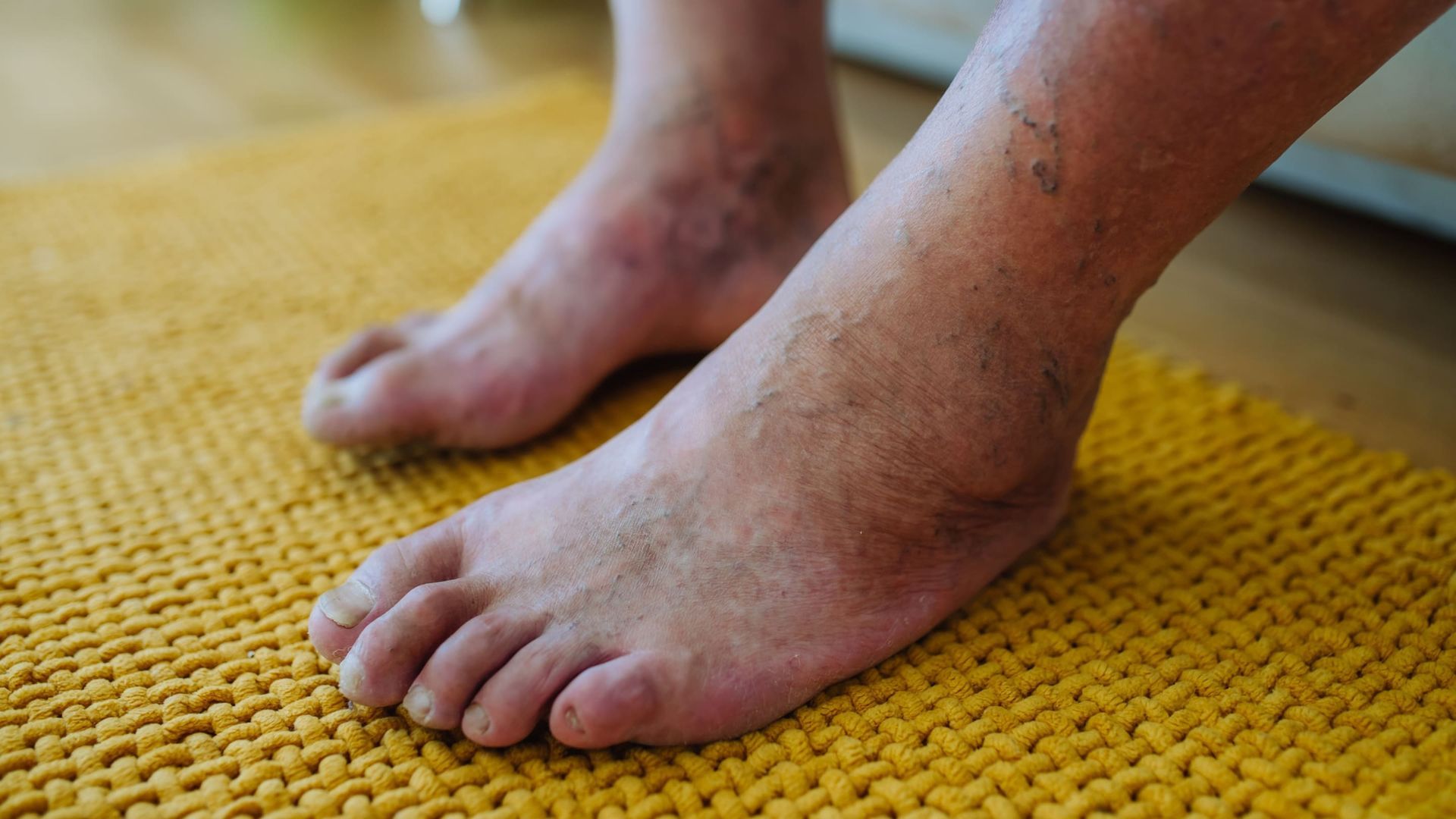Some patients have a blood sugar level which is higher than normal but not high enough to be called diabetes. This is called pre-diabetes and can be identified by blood sugar tests. It means raised blood sugar and a higher risk of getting diabetes and heart disease. Making changes to your lifestyle can delay or even prevent the development of type 2 diabetes and reduce the risk of heart disease too. This has now been proven in several large research studies.
Heart risk: People with pre-diabetes often have high blood pressure and, are twice as likely to develop cardiovascular disease
Diabetes risk: If no action is taken, 33 out of 100 people with pre-diabetes (a third) will develop type 2 diabetes within 6 years. Doctors consider this to be a high level of risk and it is over ten times the risk of the average person getting type 2 diabetes. The risk you have now of getting diabetes is about the same as you pulling the short straw out of three straws offered to you.
What can I do to help?
You should have a blood test every 6 months to measure your blood glucose level as you are now at a higher risk of developing diabetes. Making small changes to your lifestyle to make it a healthier lifestyle will help to reduce your risk of developing diabetes.
What can I do to reduce my chances of getting diabetes and heart disease?
The good news is that for many people with pre-diabetes, diabetes can be
delayed or prevented by increasing your physical activity, making changes to what you eat and by losing weight. Keeping these changes going over time improves your overall health and reduces your heart disease risk too. Out of 100 people with pre-diabetes who make ‘healthy lifestyle’ changes, only 13 will develop diabetes (compare this with 33 out of 100 if no action is taken!). The more changes you can make the better.
Healthy Eating and Weight
If you are overweight the most important thing is to try and lose weight. The best way to do this is to follow a healthy diet and take regular exercise. In particular look at the amount of fatty and sugary foods/drinks you take.
What Is Healthy Eating?
1. Eat regularly: Have 3 meals a day. For example, breakfast, lunch, and evening meal. This will help keep your blood glucose levels steady and control your appetite.
2. Include a starchy carbohydrate food at each meal: Starchy foods include cereal, bread, pasta, rice, potatoes. High fiber options are best.
3. Eat less sugar: Too much sugar and foods containing sugar can cause the blood glucose levels to rise. It is best to replace these with lower sugar and sugar free foods instead.
4. Eat less fried and fatty foods: High fat diets are linked to heart disease and reducing your fat intake will help you lose weight.
5. Eat fruit and vegetables – 5 portions a day: All fruit and vegetables are suitable and they can be fresh, frozen or tinned in natural juice. Try to have vegetables with your evening meal and spread your fruit throughout the day.
6. Include oily fish: Oily fish contains a type of fat called omega 3, which helps protect against heart disease. You should try to have oily fish in your diet at least once a week. Examples are sardines, pilchards, salmon, mackerel, fresh tuna, herring spoons of vegetables.
7. Eat less salt: Too much salt can raise your blood pressure which can lead to stroke and heart disease. Use as little salt as possible in cooking. Use herbs and spices to flavor food instead. Avoid processed foods, tinned, packed foods, and salty meats.
8. Healthy Weight: Body weight and the risk of developing diabetes are closely linked. If you are overweight it is harder for your body to use insulin properly. A healthy weight will also help to reduce your risk of heart disease and stroke and control your blood pressure. It is better to lose a small amount of weight and keep it off, than to lose a lot of weight and regain it.
9. Limit your alcohol intake: The recommended amounts of alcohol for people with pre-diabetes and the general population are exactly the same. Alcohol is high in energy and may cause weight gain therefore sensible drinking is essential.
10. Smoking: If you smoke - quit now. Smoking greatly increases the chance of developing a serious health problem.
11. Physical activity: Increased daily activity can help you to control your weight and reduce your risk of heart disease, high blood pressure and stroke.
Changing your lifestyle can have other great benefits too!
Any amount of weight loss, healthier eating or increases in physical activity can provide other strong benefits for your health. These include:
- Reduced risk of heart disease and stroke · Lower blood pressure and cholesterol
- More energy
- Stronger bones, muscles & joints
- Physical activity can relieve stress and depression
- Sleeping better
- Reduced risk of some forms of cancer
Don’t despair! Remember, it often takes several attempts to change lifestyle habits, so don’t be put off if you don’t succeed at first – instead, try to learn from the experience, figure out what went wrong, then plan how to do it better. Try and try again!
Key ways to reduce your risk
1. Activity! Aim for 30 minutes of activity at least 5 days per week (this should be something that makes you breathe faster or your heart beat faster). Try 20 minutes for 3 days per week in the 1st month.
2. Lose weight! Aim for 5% weight loss over several months. Try to lose 5 pounds in 2- 3 months at first. Be realistic about your target weight, and do it in gradual steps.
3. Eat healthy food! Replace fat (especially saturated fat) with healthier options. Build up to 5 portions of fruit and vegetables each day over some months.
4. Try to stop smoking! Start by seeking professional advice and make a clear plan before setting a firm date to stop.
5. Even making small changes can help to lower risks.












